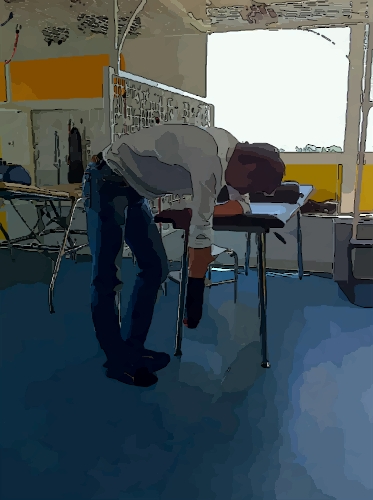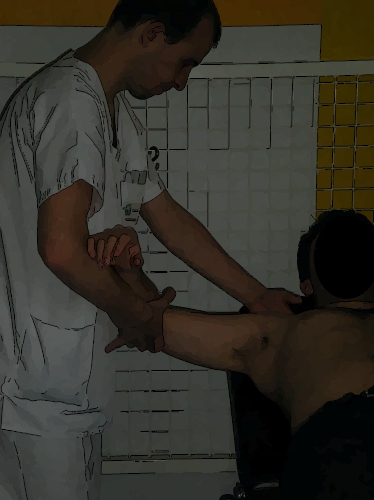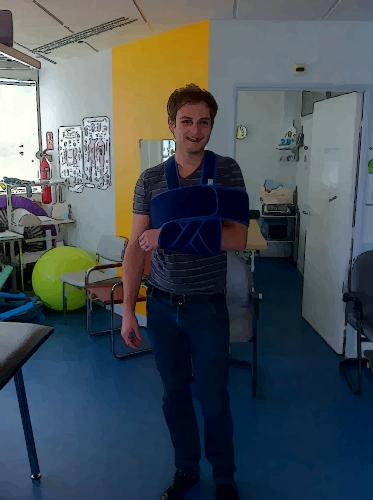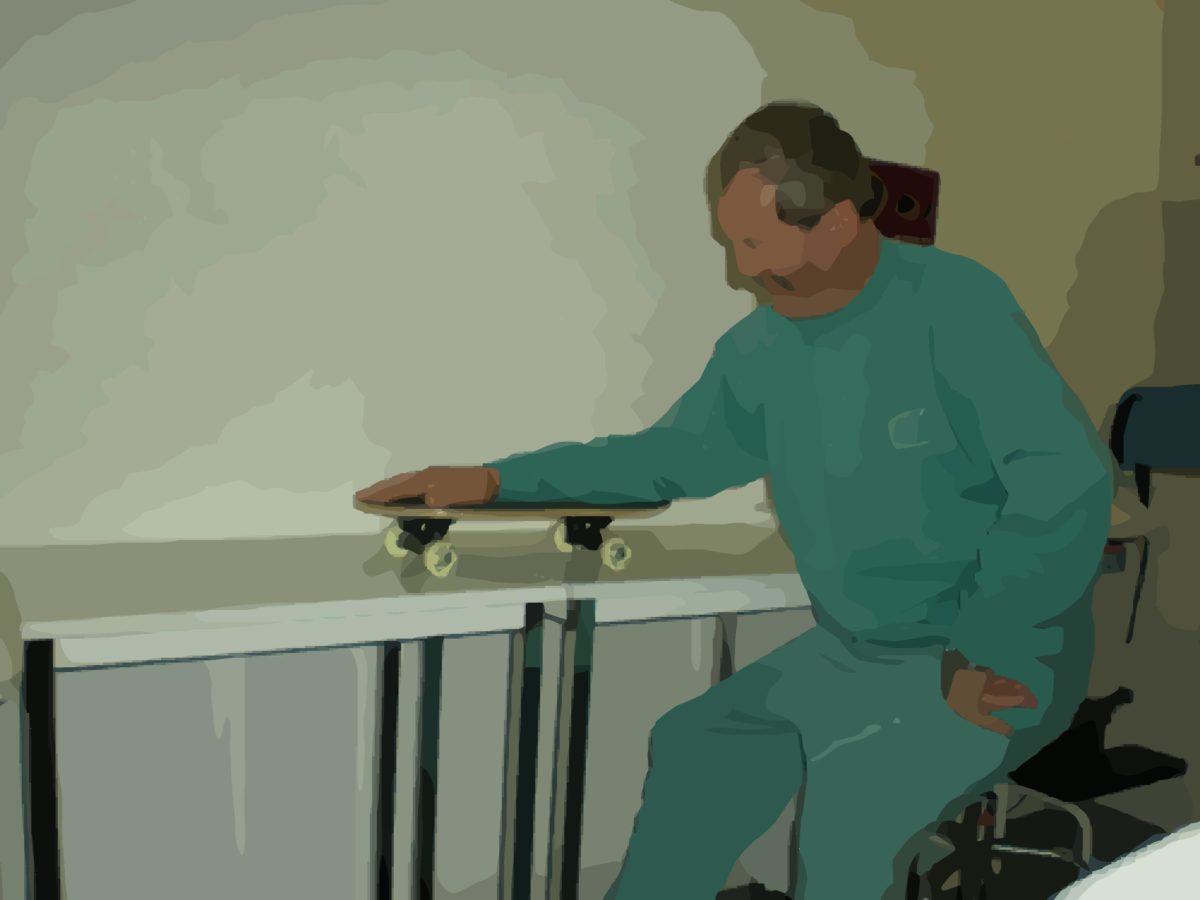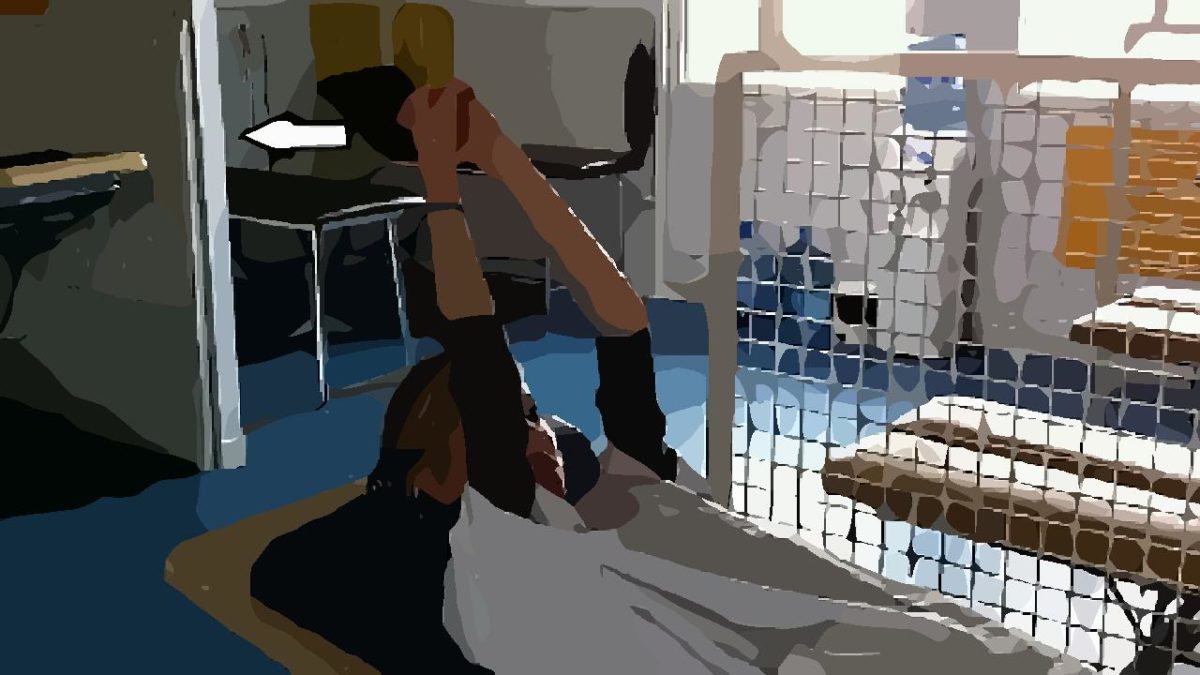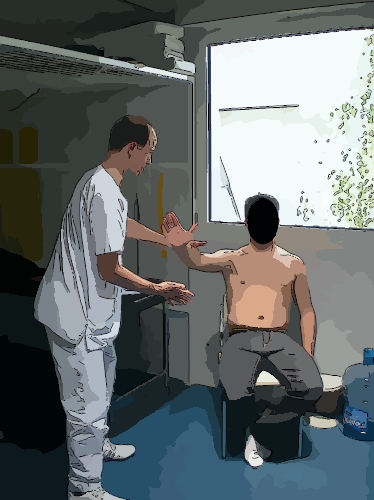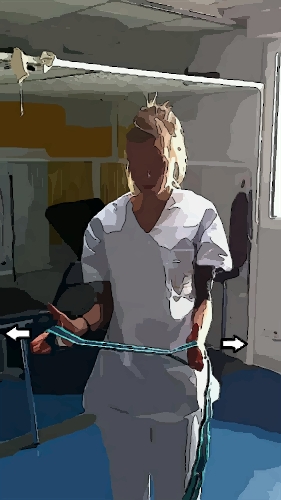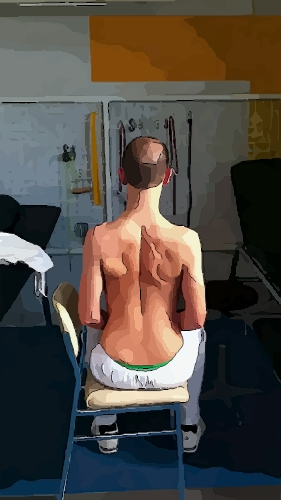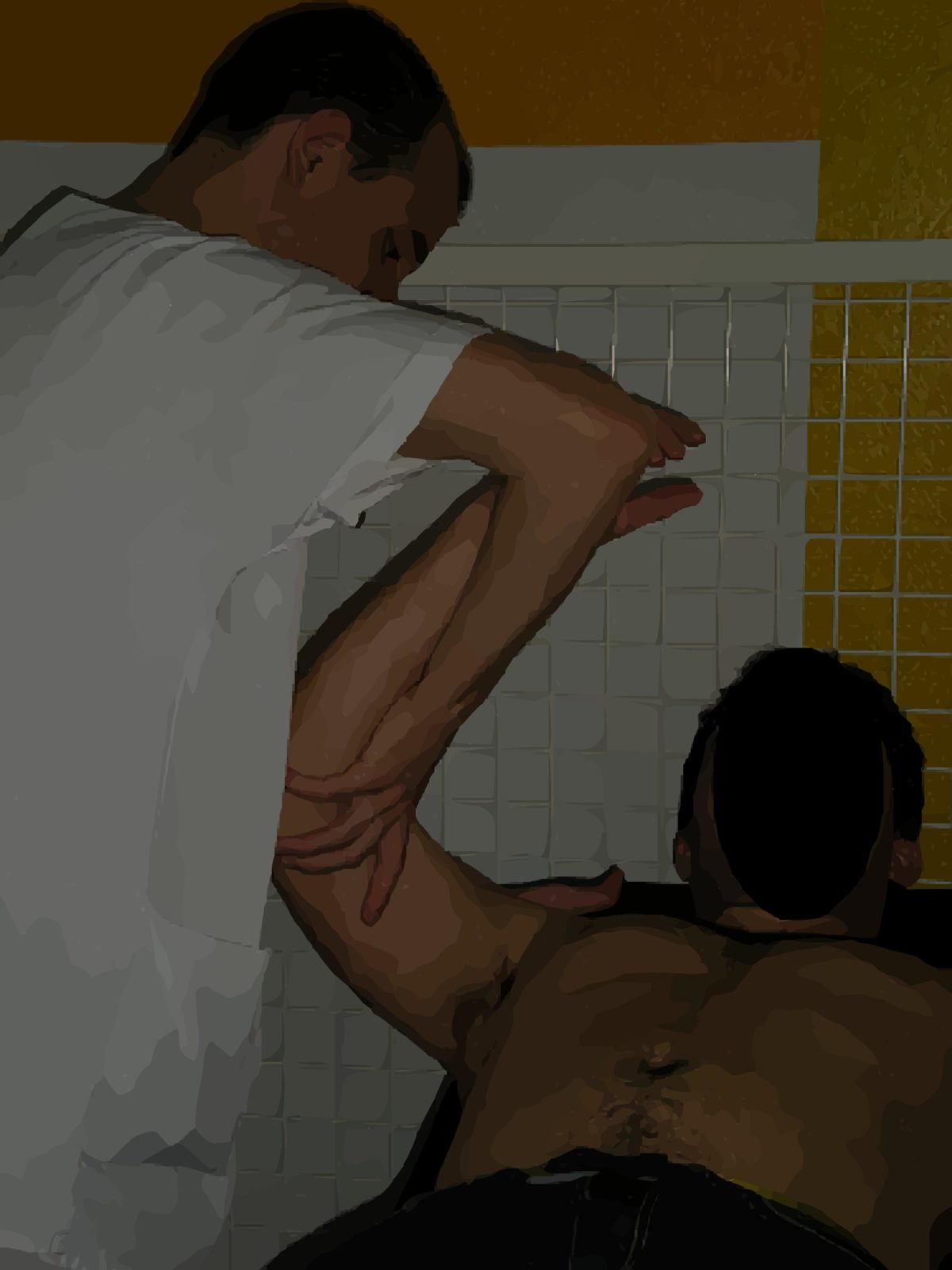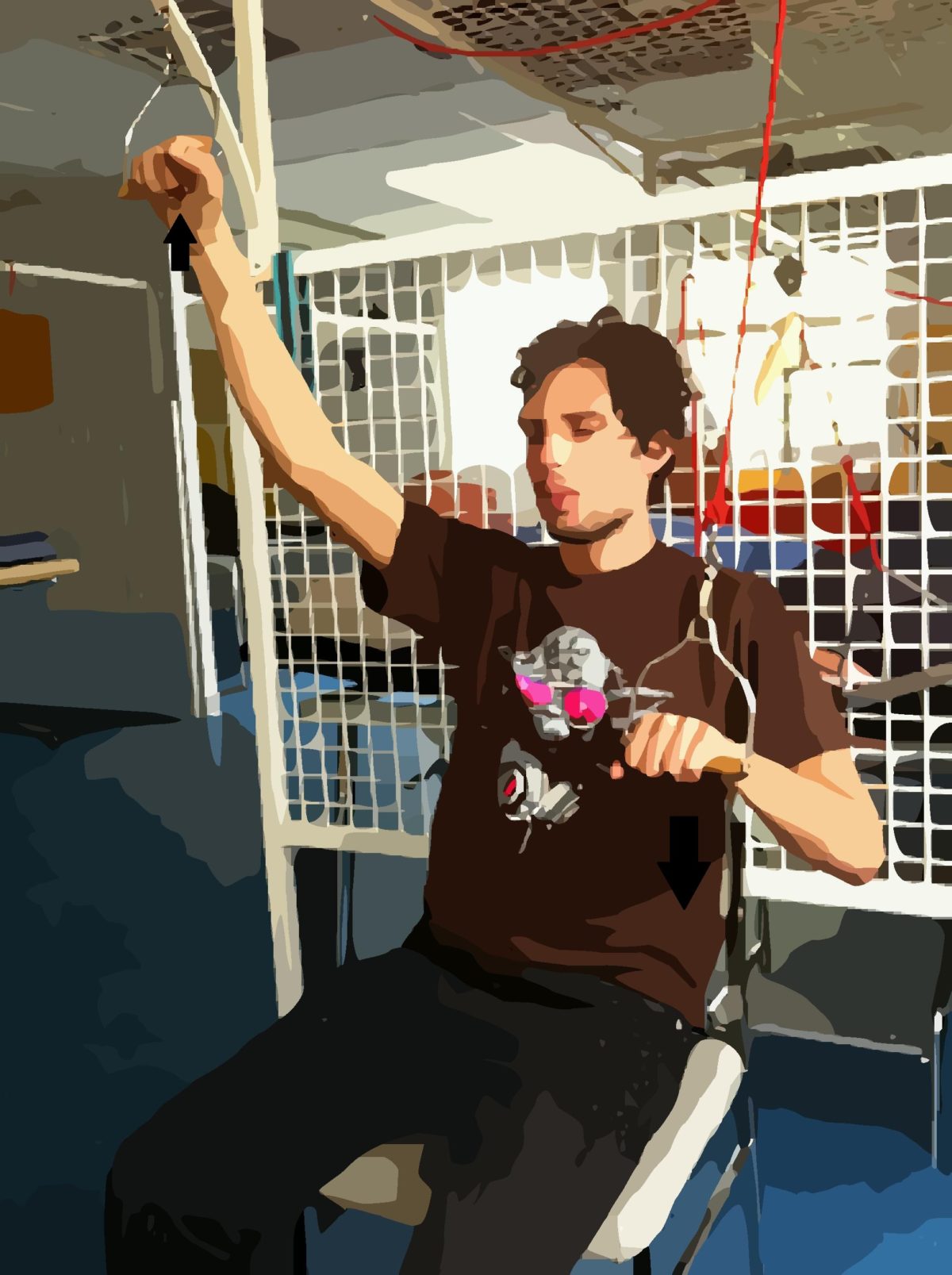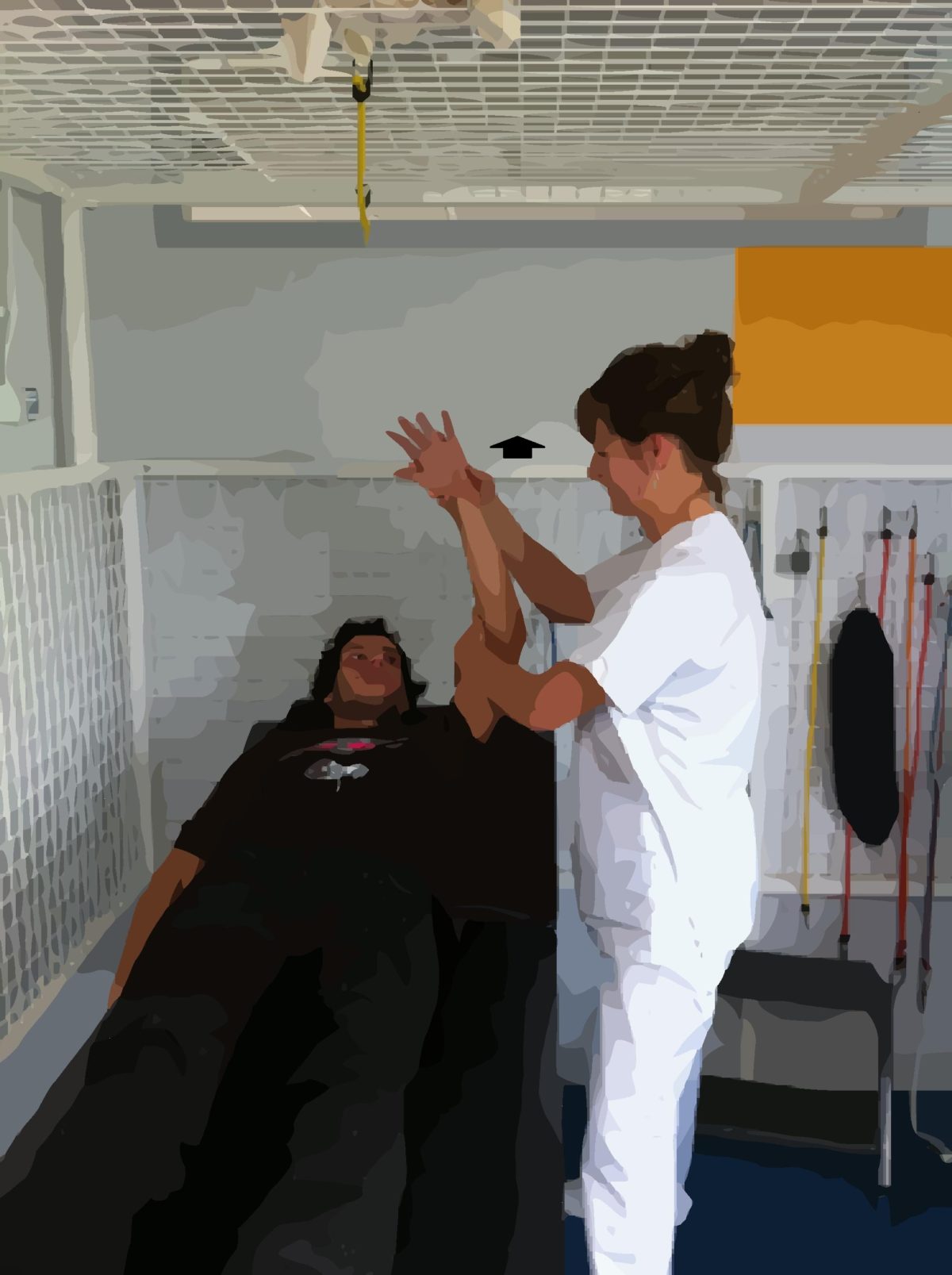You have just undergone shoulder surgery and rehabilitation is considered immediately, according to your surgeon’s opinion and confirmation
You will find in the blue boxes the different phases of rehabilitation according to the profile of your intervention.
This is an aid and a guide for you but also your physiotherapist if the medical prescription was not legible or available.

